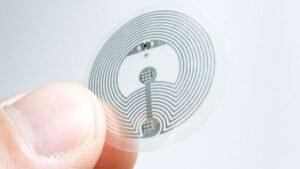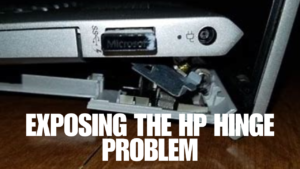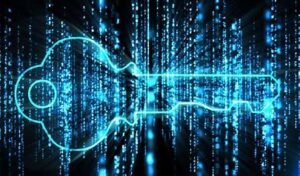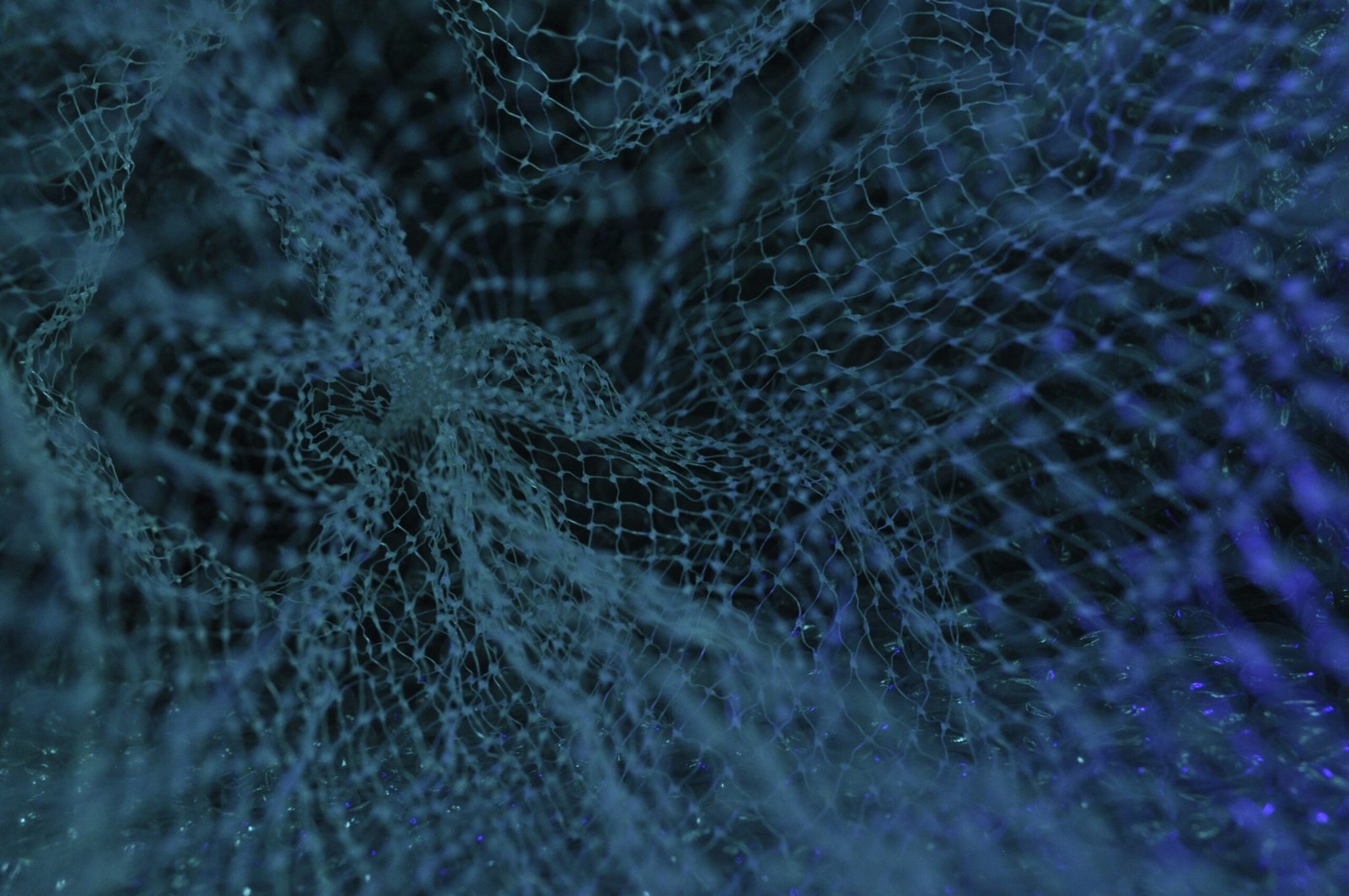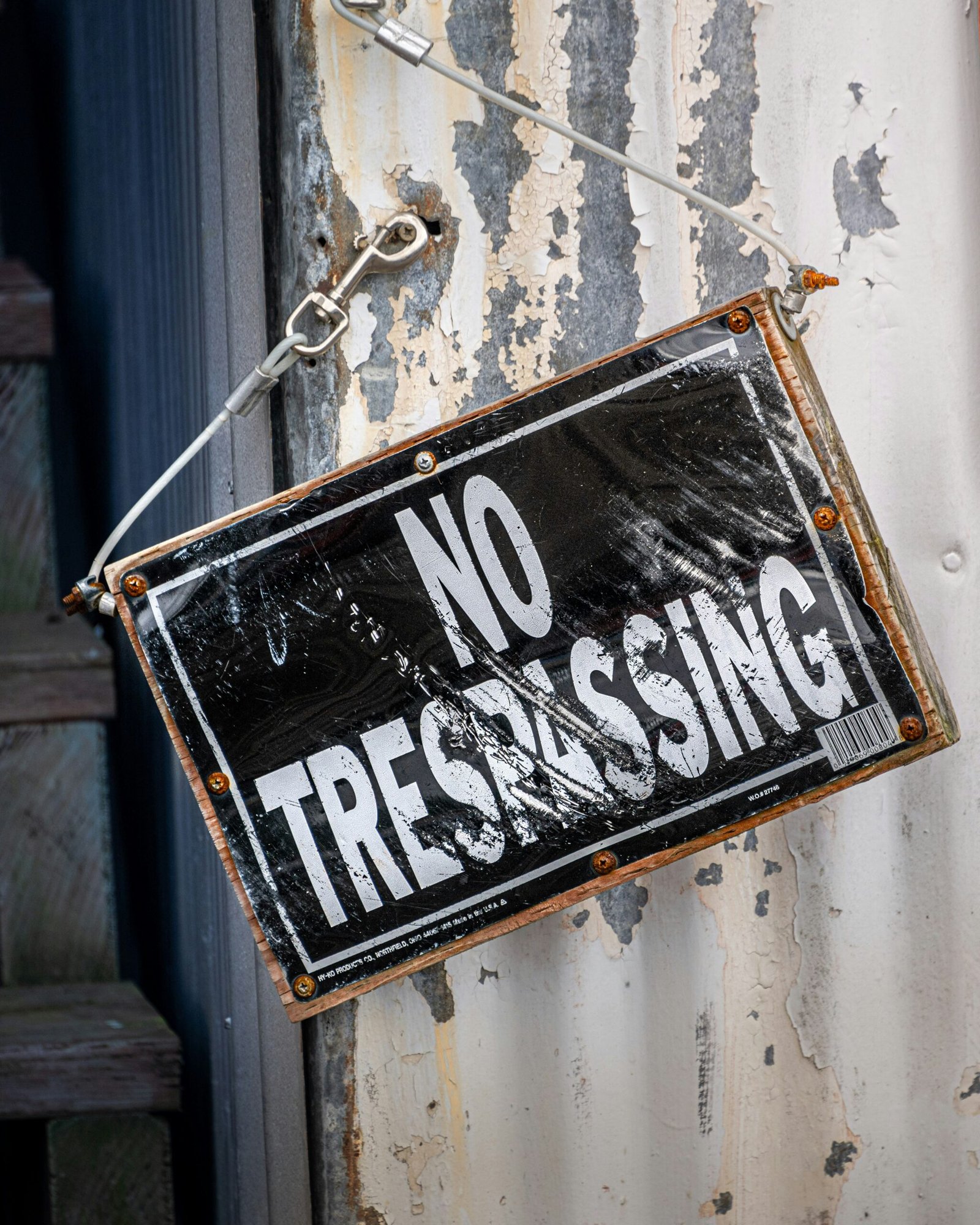Generative AI Art: A Creative Revolution
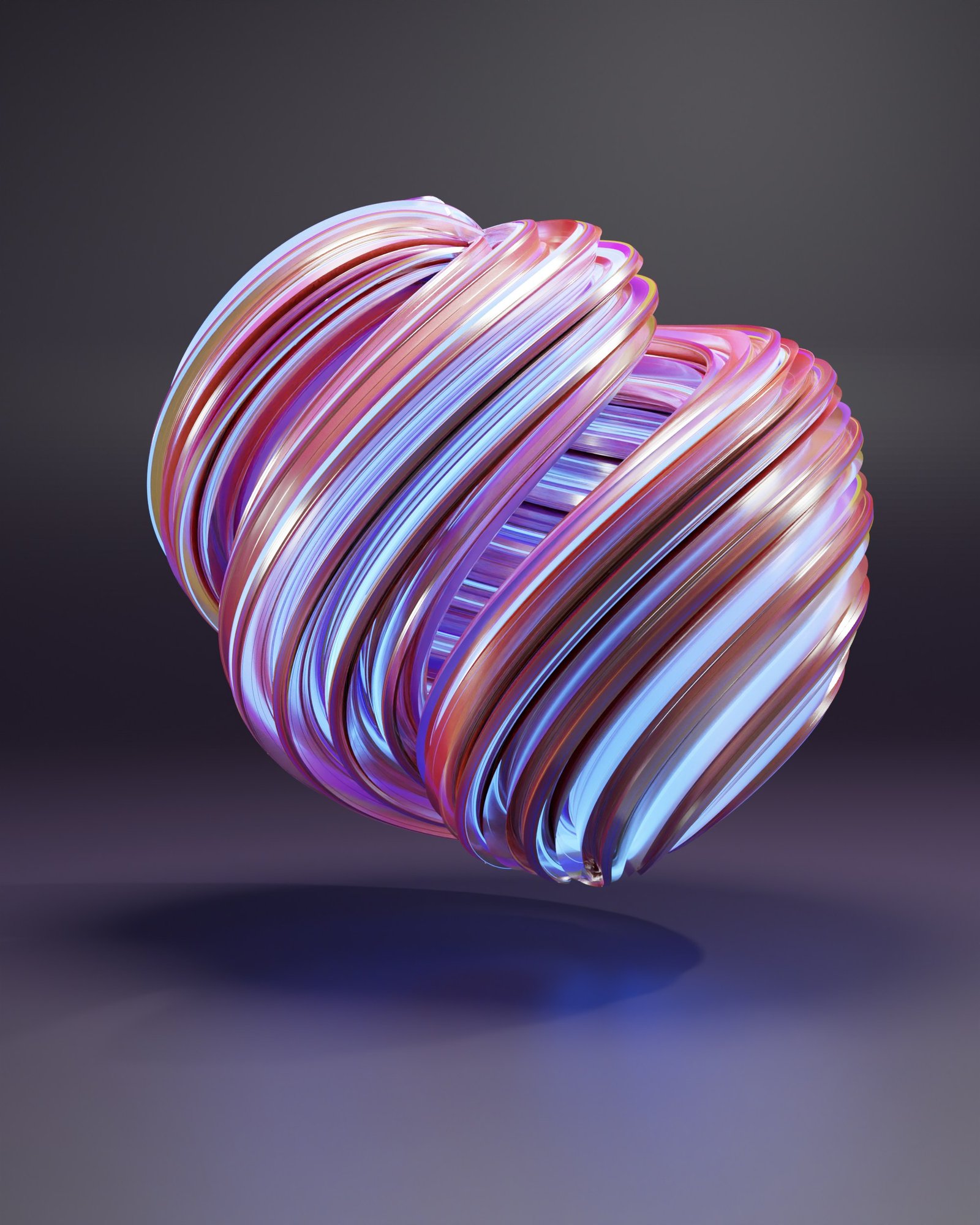
Photo by Nikhil Dafare on Unsplash
Introduction to Generative AI Art
Generative AI art represents a significant shift in the landscape of creativity, merging technology with artistic expression. Unlike traditional forms of art that rely solely on human intuition and manual skill, generative AI art utilizes algorithms and computational processes to produce unique artworks. This method not only challenges conventional notions of authorship but also expands the boundaries of creativity by harnessing the power of artificial intelligence.
The origins of generative art can be traced back to the mid-20th century when artists began experimenting with computer programming as a medium. This pioneering spirit laid the groundwork for what would eventually evolve into more sophisticated approaches using neural networks and machine learning algorithms. These key technological advancements have enabled the development of systems that can analyze vast amounts of data, learn from it, and generate visuals that often surpass human capabilities in complexity and innovation.
At the core of generative AI art is the interaction between the artist and the machine. While traditional artists often work in tangible materials, generative artists craft code that serves as a set of instructions for the AI. This collaborative relationship emphasizes the role of the artist not merely as a creator but as a facilitator of creativity, orchestrating the processes that lead to the final artwork. As AI systems continue to evolve, they can produce artworks influenced by various styles and historical contexts, prompting discussions about the future of art in a technologically driven society.
As we delve deeper into the implications of generative AI art, it is vital to recognize its potential to revolutionize artistic practices and challenge the established paradigms within the art world. The fusion of technology and creativity raises essential questions about originality, authorship, and the future of artistic expression.
The Technology Behind Generative AI Art
Generative AI art represents a significant advancement in the intersection of technology and creativity. At the heart of this artistic revolution are machine learning models, with Generative Adversarial Networks (GANs) being the most prominent. A GAN consists of two neural networks—the generator and the discriminator—that work in a competitive process. The generator creates new images based on input data, while the discriminator evaluates these images against real-world examples, refining the generator’s output through feedback. This adversarial process results in the generation of artworks that can be remarkably diverse and original.
Artists utilizing generative AI art leverage specialized software tools to create their pieces. Popular platforms include Runway ML and DeepArt, which provide user-friendly interfaces for both novice and experienced creators. These tools often incorporate various approaches, such as style transfer and image synthesis, allowing artists to experiment with different techniques and styles. This accessibility encourages collaboration between traditional artists and technologists, fostering an environment with boundless potential for innovation in the art world.
Data plays a crucial role in the training of these machine learning models. To produce compelling generative art, a substantial and varied dataset is necessary. This dataset must encompass various artistic styles, themes, and techniques to train the GAN effectively. Once trained, the model can then generate new artworks that reflect the nuances of the input data, offering a unique blend of originality and inspiration. Artists can iterate on these creations, tweaking parameters and input data to produce distinctive pieces that reflect their artistic vision while also utilizing the power of artificial intelligence.
The Impact of Generative AI on Artist Communities
Generative AI art is significantly reshaping artist communities by democratizing the creative process and broadening the scope of engagement across diverse demographics. Historically, art creation has often been perceived as an exclusive domain, accessible primarily to those with formal training or innate talent. However, with advancements in generative AI technologies, individuals without traditional artistic backgrounds are increasingly able to participate in the creation of visual art. The ability to leverage AI tools simplifies many aspects of design and concept development, enabling a wider audience to express their creativity.
This shift towards inclusivity fosters a dynamic and diverse artistic community where collaboration is not only encouraged but necessary. Generative AI can serve as a tool for cooperation among artists by enabling them to combine their styles and concepts seamlessly. Collaborating artists can utilize these technologies to experiment with different visual elements, resulting in a fusion of creative ideas that may not have been possible through conventional methods. This collaborative approach often leads to innovative artworks that reflect a blend of perspectives, ultimately enriching the art scene.
However, the emergence of generative AI also raises questions regarding authorship and originality in art. As AI-generated works enter galleries and exhibitions, the traditional notions of the artist as the sole creator are challenged. This shift compels artists and critics alike to reconsider how we define authorship in the age of technology. It opens up discussions around the ethical implications of using algorithms and whether the machine-generated output lacks the emotional and intellectual depth typically associated with human-made art. These debates are essential as they shape the future of artist communities as they adapt to this evolving landscape.
Applications of Generative AI Art
Generative AI art has made significant inroads across various industries, demonstrating its versatility and creativity. One prominent application lies in the fashion industry, where designers utilize AI algorithms to generate unique textile patterns and apparel designs. This fusion of technology and artistry allows for rapid prototyping and customization, making it easier for brands to adapt to changing consumer preferences. For instance, fashion labels have collaborated with AI experts to create entire collections that reflect emerging trends, helping to redefine the boundaries of traditional design.
In the realm of advertising, generative AI art plays a crucial role in developing eye-catching visual content that captures audience attention. Advertisers can leverage AI-generated graphics and animations to create immersive brand experiences, tailoring visual elements to specific demographics and preferences. Notably, campaigns powered by generative art often enhance engagement rates and improve brand recall, making this approach an invaluable asset in a competitive market.
The film industry is another field experiencing the transformative impact of generative AI art. Filmmakers use AI-driven techniques for conceptualizing characters, settings, and special effects, resulting in innovative storytelling methods. Projects such as animated films powered by AI highlight the potential for creating imaginative worlds that push the boundaries of creativity. Furthermore, the integration of generative AI into post-production processes streamlines visual effects creation, reducing time and costs associated with traditional methods.
Video games have also adopted generative AI art, contributing to the development of rich, dynamic environments and character designs. AI systems can generate unique terrains, buildings, and assets, enriching the gaming experience for players while allowing developers to save resources and time. This technological advancement enhances the playability and replayability of games, fostering a more engaging user experience.
As these examples illustrate, the applications of generative AI art span numerous fields, showcasing its growing demand and influence in the creative landscape.
Ethical Considerations in Generative AI Art
The advent of generative AI art has opened new avenues for creativity, but it also raises important ethical concerns that must be addressed. One of the primary issues relates to copyright. As generative models create artwork by analyzing vast datasets, questions arise about the ownership of these creations. If an AI generates an artwork based on styles, themes, or elements derived from existing works, who holds the copyright? Is it the programmer, the user of the AI tool, or the developers behind the original artworks? These nuances complicate the artistic landscape and challenge traditional notions of authorship.
Another significant ethical consideration is the rise of deepfakes and the potential for misuse of generative AI technologies. Deepfakes—manipulated media that can convincingly replicate individuals’ appearances and voices—pose serious challenges concerning consent, privacy, and misinformation. As such technologies become more accessible, the potential for malicious applications increases. Artists and technologists must engage in ongoing conversations about the implications of their work and establish robust guidelines to prevent unethical practices while promoting responsible use of generative tools.
Furthermore, the role of AI in the creative process invites scrutiny. While generative AI can enhance artistic expressions, it raises questions about the authenticity and value of art produced in collaboration with machines. Does reliance on AI diminish the human experience of creativity, or does it broaden artistic possibilities? As artists embrace these tools, they must navigate the balance between technological assistance and preserving the essence of human creativity. Collaboration can yield unprecedented results, but it also necessitates a commitment to maintaining ethical standards and acknowledging the contributions of both the human and AI components in the artistic process.
The Future of Generative AI Art
The landscape of generative AI art is poised for transformative advancements that will significantly alter the interaction between technology and creativity. As the computational capabilities of generative algorithms evolve, we can anticipate a future where these tools become more intricately intertwined with human creativity. This integration might facilitate artists in exploring new realms of expression, pushing boundaries that were previously unattainable. For example, we might see hybrid platforms where artists can collaborate with AI systems, refining their own imaginative processes while leveraging the immense potential of artificial intelligence.
Moreover, new tools are likely to emerge that will empower artists to harness AI more effectively. These innovations could range from simplified interfaces that make AI art generation more accessible to artists with varied skill levels, to advanced software enabling intricate design options and detailed modifications. As generative AI technology matures, it may also incorporate more sophisticated understanding of artistic styles, allowing for a refined, personalized creative experience. This would not only democratize the process of art creation but also enrich the artistic landscape as we know it.
The art market may also experience a notable shift in response to the growing prominence of AI-generated works. Auction houses and galleries may begin to feature AI art alongside traditional pieces, prompting discussions regarding authenticity and value. Collectors might seek AI-generated art for its novelty and unique qualities, potentially creating a niche market. Furthermore, the evolution of ownership rights and copyrights in relation to generative works will likely lead to new frameworks, addressing the complexities of art production in the digital age. As we move forward, the intersection of generative AI and art will remain a dynamic area, highlighting the cooperative potential between human ingenuity and technological advancement.
Case Studies of Prominent Generative AI Artists
Generative AI art has seen impressive contributions from various artists who blend technology with creativity to push the boundaries of traditional artistry. One notable figure in this field is Refik Anadol, whose immersive installations utilize machine learning algorithms to create stunning visual experiences. Anadol’s background in design and computer science informs his distinctive approach, allowing him to manipulate data and generate artworks that reflect the complexity of modernity. By employing tools such as neural networks, he transforms vast datasets into captivating representations, inviting viewers to interact with the art dynamically.
Another prominent artist is Mario Klingemann, known for his pioneering work with neural networks and code. Klingemann’s artistic journey began in the realm of traditional media, but he transitioned to coding as a means of exploring creativity. His works often highlight the interplay between human intuition and AI’s algorithmic processes. By experimenting with open-source software and AI frameworks, he creates compositions that challenge perceptions of authorship and originality, reinforcing the idea that generative art is a collaborative endeavor between artist and machine.
In the realm of fashion, artists like Anna Ridler have emerged, utilizing generative AI to produce innovative visual narratives. Ridler’s projects often blend traditional storytelling with cutting-edge technology, crafted meticulously through data-driven methods. Utilizing machine learning techniques, she explores themes of memory and identity, creating carefully curated datasets that inform her visual outputs. Ridler’s unique blend of art and data analytics exemplifies the diverse methodologies present within the generative art community.
These case studies illustrate that generative AI art is not merely a trend but a robust and evolving discipline. Each artist brings a unique perspective to this creative revolution, employing different techniques and inspirations. Through their works, they navigate the intersection of art and technology, highlighting the potential of generative AI to reshape contemporary artistic practices.
The Reception of Generative AI Art in the Traditional Art World
The emergence of generative AI art has sparked a complex dialogue within the traditional art community, characterized by both enthusiasm and skepticism. Galleries and museums represent two key institutions grappling with the implications of this new medium. While some prominent galleries have proactively embraced generative AI art, seeing it as an avenue for expanding artistic expression, others exhibit a degree of resistance, questioning its place in the established hierarchy of art forms.
Institutions such as the Barbican Centre in London and the ZKM Center for Art and Media in Germany have hosted exhibitions dedicated to generative AI, showcasing how technology can redefine the creative process. These exhibitions highlight the collaboration between human artists and AI systems, emphasizing that generative art is not merely automated output but often involves curated input and intentionality from human creators. The involvement of notable artists who utilize algorithms and machine learning has also helped elevate the status of generative AI art, fostering acceptance within more traditional circles.
Collectors too find themselves at a crossroads. Some see potential value in acquiring generative artworks, viewing them as innovative pieces that reflect contemporary technological advances. However, there remains a counter-narrative among collectors who question the authenticity and artistic merit of works produced through AI. This hesitation raises significant questions about authorship and creativity in the age of automation, challenging conventional definitions of what art is and can be.
While the reception of generative AI art in the traditional art world continues to evolve, it is clear that it has provoked profound discussions about creativity, technology, and the future of artistic expression. As this medium grows in prominence, the interaction between traditional institutions and generative artists will significantly shape the landscape of contemporary art.
Conclusion: Embracing the Creative Revolution
In reflecting on the transformative potential of generative AI art, it is evident that this innovative form of creativity marks a significant milestone in the world of artistic expression. The intersection of technology and artistry is fostering a new environment where creators can experiment and redefine their work in unprecedented ways. Throughout the blog post, we have explored how generative AI not only serves as a tool for artists but also as a collaborator, allowing for the exploration of concepts and aesthetics that may not have been possible through traditional methods.
This creative revolution presents numerous opportunities for artists, collectors, and enthusiasts alike. Artists can leverage AI algorithms to generate unique pieces and push the boundaries of conventional artistry. Collectors have the chance to acquire original works that embody the latest technological advancements, thereby diversifying their collections with innovative creations. Additionally, art enthusiasts are encouraged to immerse themselves in this novel landscape, learning about the techniques and processes behind generative AI art, fostering a deeper appreciation for the capabilities of this merging of disciplines.
As we venture further into an age characterized by rapid technological growth, it is crucial to remain open-minded and curious about the evolving relationship between art and technology. The possibilities that generative AI art introduces are expansive, providing a platform for new narratives and perspectives within the art world. This burgeoning creative field calls for participation from all corners—be it through creation, curation, or simple enjoyment of these technologies.
Ultimately, embracing generative AI art necessitates an understanding of its implications and potential. As the creative landscape continues to evolve, those willing to engage with this revolution will find themselves part of an exciting journey that not only redefines artistry but also enriches our cultural fabric. The future of art is being created today, and it invites everyone to be a part of it.

